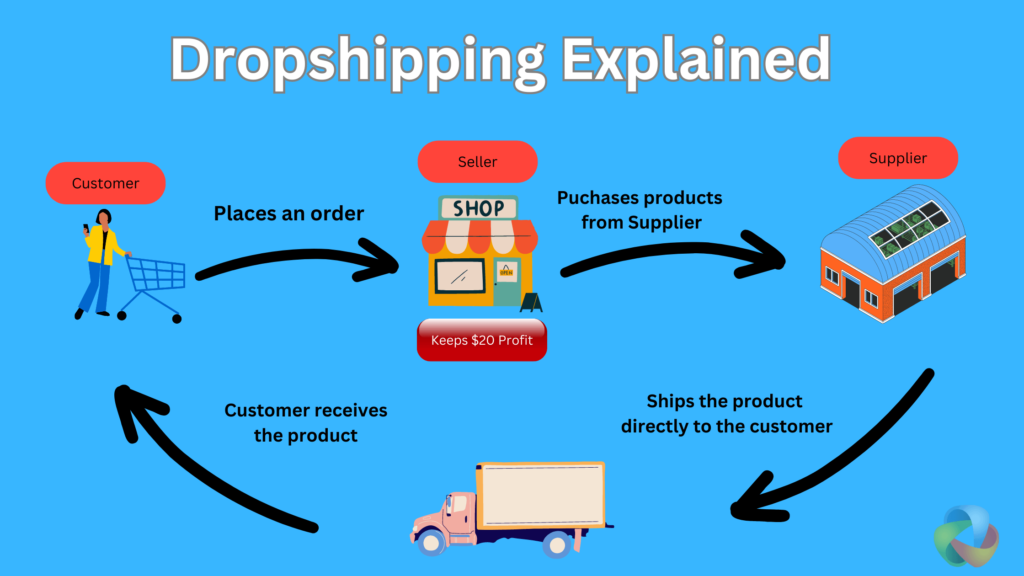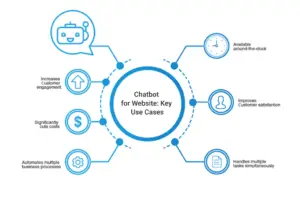- Introduction
- H1: The Rise of Dropshipping
- H2: Understanding Dropshipping
- H3: Benefits of Dropshipping
- Getting Started with Dropshipping
- H2: Choosing a Niche
- H3: Finding Reliable Suppliers
- H3: Setting Up Your Online Store
- Optimizing Your Dropshipping Website
- H2: SEO Strategies for Dropshipping
- H3: Keyword Research
- H3: Optimizing Product Descriptions
- Marketing Tactics for Dropshipping Success
- H2: Social Media Promotion
- H3: Influencer Marketing
- H3: Email Marketing
- Managing Inventory and Orders
- H2: Inventory Management Tips
- H3: Order Fulfillment Best Practices
- Dealing with Challenges in Dropshipping
- H2: Addressing Customer Concerns
- H3: Handling Returns and Refunds
- H3: Overcoming Competition
- Scaling Your Dropshipping Business
- H2: Expanding Product Range
- H3: Global Expansion
- H3: Implementing Automation
- Success Stories and Case Studies
- H2: Learning from Successful Dropshippers
- H3: Real-Life Examples of Dropshipping Triumphs
- Conclusion
Dropshipping: A Lucrative E-Commerce Model
In the ever-evolving landscape of e-commerce, dropshipping has emerged as a game-changer. This innovative business model offers a plethora of opportunities for entrepreneurs looking to dip their toes into the online retail space without the hassles of inventory management. In this article, we’ll dive into the intricacies of dropshipping, from getting started to scaling your business, all while keeping the SEO gears well-oiled for maximum visibility.
The Rise of Dropshipping
Historically, starting an e-commerce venture meant hefty investments in inventory. Enter dropshipping, a business model that flips the script. Instead of stocking products, you partner with suppliers who handle inventory and shipment. This not only slashes upfront costs but also reduces the operational headaches.
Understanding Dropshipping
At its core, dropshipping is a partnership. You, the retailer, display products on your online store, sourced directly from suppliers. When a customer places an order, the supplier ships the product. The beauty lies in the simplicity – your focus shifts from inventory juggling to customer satisfaction.
Benefits of Dropshipping
- Low Financial Barrier: With no need to stockpile inventory, your initial investment is significantly lower.
- Flexibility: You can run your business from anywhere, offering flexibility and freedom.
- Diverse Product Range: Dropshipping allows you to experiment with a variety of products without the risk of unsold stock.
Getting Started with Dropshipping
Choosing a Niche
Selecting the right niche is paramount. Consider your interests, market demand, and competition. A niche that aligns with your passion makes the journey more enjoyable, and a less saturated market enhances your chances of success.
Finding Reliable Suppliers
Establishing partnerships with trustworthy suppliers is the backbone of dropshipping. Research and vet potential suppliers meticulously. Look for reliability, quality, and responsiveness.
Setting Up Your Online Store
Platforms like Shopify and WooCommerce simplify the process. Optimize your website for user experience and ensure seamless navigation. The goal is to convert visitors into customers effortlessly.

Optimizing Your Dropshipping Website
SEO Strategies for Dropshipping
Harness the power of SEO to enhance your online visibility. Conduct thorough keyword research to identify terms relevant to your products. Integrate these keywords naturally into product descriptions and meta tags for optimal results.
Keyword Research
Tools like Google Keyword Planner aid in discovering high-search-volume keywords. Target long-tail keywords specific to your niche, giving your store a competitive edge.
Optimizing Product Descriptions
Craft compelling and informative product descriptions. Highlight features, benefits, and unique selling points. Encourage customer reviews, as they not only enhance credibility but also contribute to your SEO efforts.
Marketing Tactics for Dropshipping Success
Social Media Promotion
Leverage the power of social media platforms to showcase your products. Engage with your audience, run targeted ads, and build a community around your brand.
Influencer Marketing
Partnering with influencers in your niche amplifies your reach. Influencers can authentically showcase your products to a wider audience, fostering trust and credibility.
Email Marketing
Build a subscriber list and utilize email marketing to keep customers informed about new products, promotions, and updates. Personalize your emails for a more intimate connection with your audience.
Managing Inventory and Orders
Inventory Management Tips
Even though you don’t physically handle inventory, staying organized is crucial. Regularly communicate with suppliers to ensure product availability and update your website accordingly.
Order Fulfillment Best Practices
Promptly process orders and provide tracking information. Transparency and efficient communication create a positive customer experience, crucial for repeat business.
Dealing with Challenges in Dropshipping
Addressing Customer Concerns
Customer satisfaction remains paramount. Promptly address queries and concerns. Implement a robust customer support system to foster trust and loyalty.
Handling Returns and Refunds
Clearly outline your return and refund policies. Be transparent with customers about the process, demonstrating a commitment to their satisfaction even in less-than-ideal situations.
Overcoming Competition
Stay ahead by offering unique products, exceptional customer service, and strategic pricing. Regularly evaluate market trends and adapt your strategy accordingly.
Scaling Your Dropshipping Business
Expanding Product Range
As your business grows, consider diversifying your product range. Conduct market research to identify complementary products that align with your brand.
Global Expansion
Explore international markets for untapped opportunities. Research local preferences and adapt your marketing strategy to cater to diverse audiences.
Implementing Automation
Embrace automation tools to streamline processes like order processing, inventory management, and customer communication. This allows you to scale without increasing your workload exponentially.
Success Stories and Case Studies
Learning from Successful Dropshippers
Dive into real-life examples of entrepreneurs who started from scratch and built successful dropshipping empires. Understand their strategies, learn from their challenges, and draw inspiration for your own journey.
Real-Life Examples of Dropshipping Triumphs
- Sarah’s Jewelry Haven: How a niche-focused dropshipping store thrived in a competitive market.
- Mike’s Gadget Galaxy: Scaling a dropshipping business by tapping into emerging tech trends.
Conclusion
In the dynamic world of e-commerce, dropshipping stands out as a lucrative model for aspiring entrepreneurs. From the initial steps of choosing a niche to the complexities of global expansion, this article has guided you through the key aspects of building a successful dropshipping business. Remember, adaptability, customer focus, and strategic growth are the pillars of sustained success in this ever-evolving landscape.
Frequently Asked Questions (FAQs)
- Is dropshipping suitable for beginners with limited funds?
- Absolutely! Dropshipping minimizes upfront costs, making it an ideal choice for beginners.
- How do I find reliable suppliers for my dropshipping business?
- Research and vet potential suppliers based on factors like reliability, product quality, and communication.
- What role does SEO play in dropshipping success?
- SEO enhances online visibility, driving organic traffic to your store. It’s crucial for sustained success.
- Can I dropship products internationally?
- Yes, many successful dropshippers expand globally. Research local markets and tailor your strategy accordingly.
- How do I handle returns and refunds in dropshipping?
- Clearly communicate your return and refund policies. Promptly address customer concerns and ensure a smooth process.









Add comment